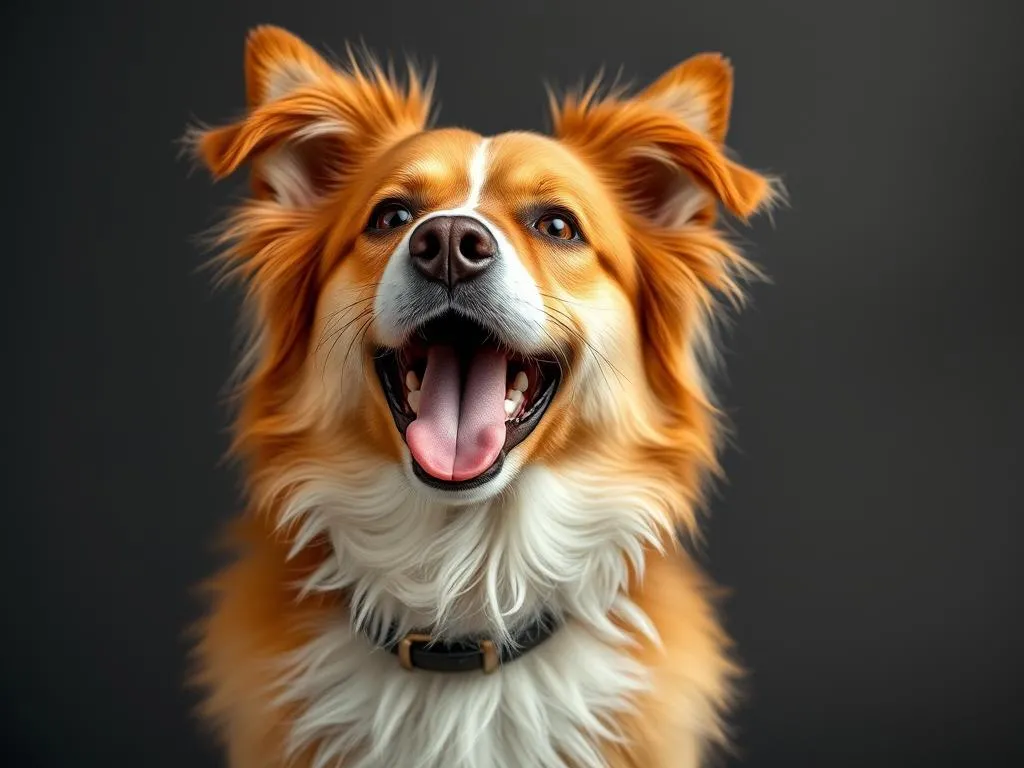
Introduction
The world of dogs is filled with a variety of unique traits and behaviors, but one of the most endearing characteristics of certain breeds is their ability to sing. Singing dogs not only capture our hearts but also remind us of the deep bond we share with our canine companions. In this article, we explore the fascinating breeds of dogs that sing, delving into their vocal abilities, behaviors, and how these traits enhance the relationship between dogs and their owners.
Understanding the vocalizations of different dog breeds can significantly improve our interactions with them. Whether it’s the melodious howl of a Husky or the soulful sound of a Beagle, recognizing these unique traits can lead to a more fulfilling companionship. Let’s dive into the world of singing dogs and discover what makes them so special.
Understanding Dog Vocalization
What is Dog Vocalization?
Vocalization in dogs encompasses the sounds they produce to communicate. This includes barking, whining, growling, and, notably, singing. Vocalization serves as a fundamental way for dogs to express their emotions, needs, and reactions to their environment. Understanding these sounds can help owners respond appropriately to their dog’s feelings and enhance their mutual relationship.
Types of Vocalizations
Dogs communicate using various vocalizations, each serving a different purpose. The most common types include:
- Barking: Typically used to alert their owners or express excitement.
- Howling: A form of communication that can connect dogs with other canines, often seen in breeds that are more naturally inclined to “sing.”
- Singing: A melodic sound that can emerge during specific situations, often resembling howling but with a more lyrical quality.
Understanding the reasons behind these vocal sounds is key to appreciating the nuances of dog communication. For instance, singing may occur in response to music, during play, or as a reaction to their owner’s vocalizations.
Characteristics of Singing Dogs
Unique Physical Traits
Certain physical characteristics are commonly found in breeds of dogs that sing. For example, many singing dogs have a strong, well-structured head and a broad skull, which can enhance their vocal resonance. Additionally, their vocal cords may be more developed, allowing them to produce a richer sound.
Behavioral Traits
Beyond physical attributes, specific behavioral traits contribute to a dog’s propensity for singing. Breeds known for their vocalization tendencies often exhibit sociable and playful personalities. They may thrive on interaction and respond positively to training, which can enhance their singing behaviors.
Training can significantly influence a dog’s singing abilities. Dogs that receive encouragement and reinforcement are more likely to express their vocal talents, often leading to delightful performances that charm their owners.
Breeds of Dogs That Sing
The Husky
The Siberian Husky is perhaps one of the most well-known singing breeds. With their history as sled dogs, Huskies have developed a unique vocalization style that includes howls and melodic sounds. Known for their friendly and outgoing personalities, these dogs often sing in response to music or when they feel excited. Their vocalizations can be quite expressive, making them popular among dog owners who appreciate their musicality.
Alaskan Malamute
Similar to the Husky, the Alaskan Malamute is another breed that loves to vocalize. Their singing tends to be deep and resonant, often described as a “howl” mixed with a “talking” quality. Malamutes are known for their loyalty and affectionate nature, and their singing often reflects their desire for companionship and attention from their owners.
Beagle
Beagles are famous for their distinctive vocalizations, which can include a range of sounds from barking to howling. Their singing is often a combination of these vocalizations, creating a unique and charming sound. Beagles are known for their curious and playful demeanor, and their vocal talents often emerge during playtime or when they are excited.
Coonhound
Coonhounds are another breed known for their vocal prowess. With a strong instinct for hunting, these dogs have developed a powerful voice that can carry over long distances. Their singing is often a mix of howls and barks, which they use to communicate with their handlers during hunts. Coonhounds are friendly and energetic, making them great companions for active families.
Basset Hound
Basset Hounds are recognized for their distinctive appearance and deep, soulful voices. Their singing tends to be more subdued compared to other breeds, often resembling a mournful howl. Basset Hounds are laid-back and affectionate, and their vocalizations can express a range of emotions, from happiness to sadness.
Other Notable Breeds
Several other breeds are known for their singing abilities, including the Bloodhound, which has a unique, deep howl that reflects its tracking instincts, and the Basenji, known as the “barkless dog,” which produces a unique yodel-like sound instead of traditional barking. Each breed has its own unique style of vocalization, contributing to the rich tapestry of singing dogs.
The Science Behind Singing Dogs
Evolution of Singing in Breeds
The evolution of singing in certain dog breeds can be traced back to their historical roles. Many singing breeds were developed for specific tasks, such as hunting or herding, where vocalization played a crucial role in communication. Over generations, the traits that favored vocalization became more pronounced, leading to the singing behaviors we observe today.
Psychology of Singing Behavior
Understanding the psychology behind why dogs sing can provide insights into their emotional states. Dogs may sing to seek attention, express excitement, or communicate their feelings of happiness. The bond between a singing dog and its owner can deepen through these vocal exchanges, as the dog uses singing as a means of connection and companionship.
How to Encourage Singing in Dogs
Training Techniques
If you’re interested in encouraging your dog to sing, several training techniques can be effective. Start by playing music or singing yourself to see how your dog reacts. Use positive reinforcement, such as treats or praise, to reward your dog when it vocalizes. This approach helps create a positive association with singing, encouraging your dog to express its vocal talents more frequently.
Creating an Environment for Singing
Fostering a singing-friendly atmosphere at home can also encourage vocalization. Engage your dog with interactive toys, play music, or involve them in activities that stimulate their senses. Dogs often respond positively to their owner’s energy, so creating a lively, encouraging environment can lead to more singing sessions.
Fun Facts About Singing Dogs
Famous Singing Dogs
Several dogs have gained fame for their singing talents, capturing the hearts of audiences worldwide. Notable examples include Bingo, a Beagle known for its singing performances on television, and Max, a Husky that became an internet sensation with its impressive vocal range. These dogs showcase the joy and entertainment that singing breeds can bring.
Breeds in Popular Culture
Singing dogs have made their mark in popular culture, appearing in movies, TV shows, and viral videos. Their vocalizations often serve as comedic elements or heartwarming moments that resonate with viewers. The portrayal of singing dogs in media highlights their unique talents and the special bond they share with humans.
Conclusion
In summary, the world of breeds of dogs that sing is as diverse as it is delightful. From the melodious howls of Huskies to the soulful sounds of Basset Hounds, each breed showcases its unique vocal talents. These singing dogs not only entertain us but also deepen our connection with them through their expressive vocalizations.
By understanding the characteristics, behaviors, and training techniques associated with singing dogs, we can foster a more enriching relationship with our canine companions. Embrace the joy that singing dogs bring into our lives, and consider exploring the possibility of welcoming a singing breed into your home. Their melodic voices may just become the soundtrack to your life!









